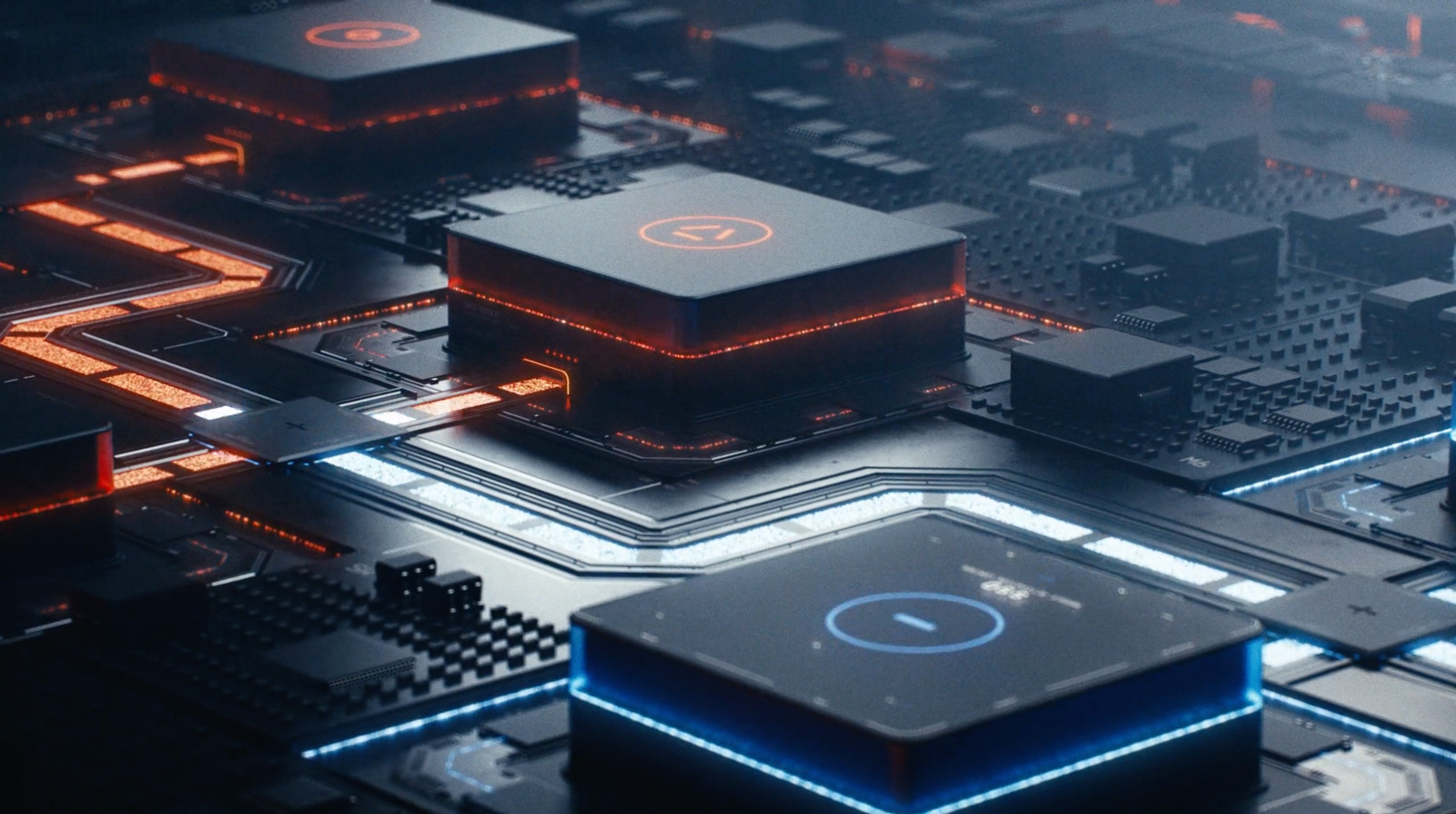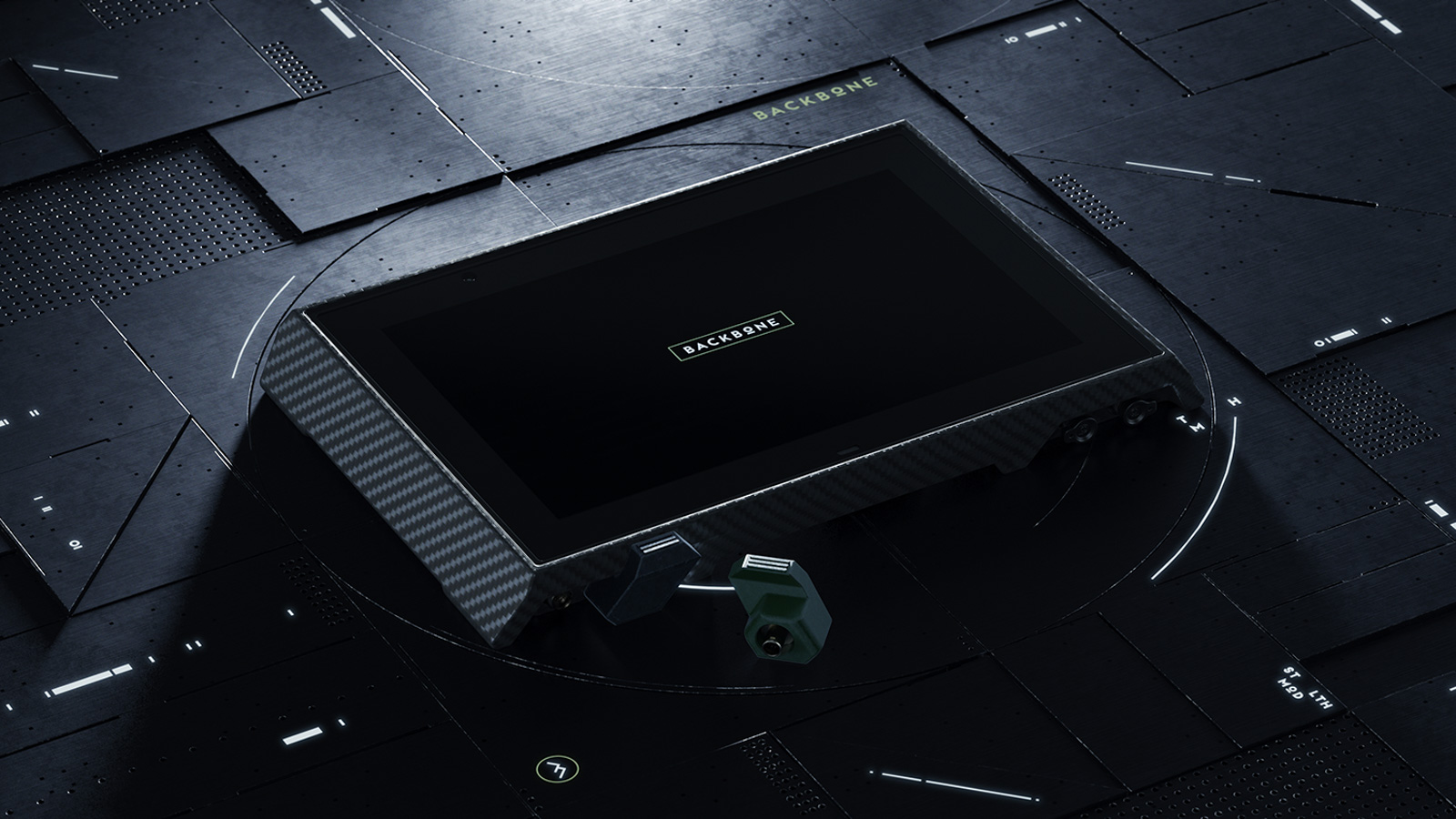23-0123/
Blog
Data security has become one of the most significant requirements of tech companies worldwide. Whenever we use the Internet to access information on the web, our data stands exposed to all kinds of entities.

For example, whenever you log in to your Gmail, Instagram, or Linkedin, even a tiny bit of data can cause significant damage if it falls into the wrong hands.
This is why taking charge of your data and controlling who can access it is important.
While many software are available in the market to keep infiltrators out of the computer system, dedicated hackers can find a way. This is a scary possibility because we often rely on cloud storage. But worry not, there are many precautions that you can take to prevent any possible privacy breaches.
What is Data Security?
Data security, as the name suggests, is the act of shielding important digital information such that it remains unreachable by any means whatsoever. This is an essential means of protecting crucial information susceptible to cyberattacks.
Small businesses, governments, NGOs, and banks, keep constant records of transactions, their business histories, and other important information. This data is stored in a database that is virtually unbreakable.
That said, there are broadly two well-known classifications of data security – cybersecurity and hardware security. Embarking on a journey of data protection, we thrive on information that is stored locally on devices with enhanced security features.
In terms of cybersecurity, the data is protected by practices such as installing a firewall, regular data backup and erasure, end-to-end encryption, and data masking.
Hardware security, on the other hand, is like a short-hand guide on how to protect sensitive data with the help of physical equipment. The idea behind hardware-based security is to build devices that are impossible to penetrate through.
This is essential because large IT companies, governments, and many other organizations are under constant threat of being cyberattacked. Here are the most common types of physical hardware security devices used to protect data.
Physical Firewall
A physical firewall is just what it sounds like. It’s a device that monitors incoming traffic on an IP address and approves and denies requests based on its integrity. This is a physical device that creates a network field between a particular server and all the oncoming traffic.
If the firewall suspects a threat, it won’t let the connection run through the respective server. A physical firewall is designed to detect anomalies and run a thorough inspection on both inbound and outbound network traffic.
Furthermore, a hardware-based firewall helps enforce controls and any security measures it deems necessary.

A hardware security module, HSM, is an explicit cryptographic device that overlooks the safety of digital keys. Its main function is to safeguard the crypto throughout its entire life cycle. Hardware security modules are also built to encrypt and decrypt operations to ensure valid authentication and cryptographic processes.
An HSM is an externally plugged-in device that creates a safe and robust environment for cryptographic keys. The unique selling point of such an environment is that it can’t be tampered with. The hardware security module is devised to store multiple cryptoprocessor chips, securing a connection with a network server.
Secure Multiparty Computation
Secure multiparty computation can be defined as a network that directs data to multiple processing points. This means that while the data is transmitted from one single point, it is broken down and sent to several physical locations for computation.
Secure multiparty computation is a preventive measure that works in case of data leaks as well. This subdivision of cryptography is designed with the idea that if there is an attack at one processing point, the data on other sites won’t be compromised.
Furthermore, secure multiparty computation also functions as damage control. For example, if there is an internal leak within one processing point, the data leaked won’t be enough to sabotage the whole operation. This is because the data is segmented in such a manner that one part of it would be insignificant to any infiltrators.
Physical Data Segregation
In physical data segregation, a data set is divided among several accessible locations. This is done to allow access to a particular data segregation only to authorized individuals.
Physical data segregation is an extremely important element of hardware security. This is because it prevents sensitive data from falling into the wrong hands, which can be destructive for businesses involving multiple partners.
It’s advisable to execute data segregation at the data access level. This is an excellent measure of protecting data from unauthorized access because, on shared systems, it’s impossible to separate data physically, and it needs to be done virtually. Therefore, there needs to be more systems and applications that have access to it.
The BACKBONE tablet is a newly developed device with implemented hardware security so your organization’s operating systems are running on the most secure level. It has a multi-domain functionality wherein the tablet works on external boot devices. This means that a particular domain can be used only when its dedicated boot device is inserted into the tablet.

The multi-domain feature is one of the BACKBONE’s USPs because it guarantees the physical separation of domains. Furthermore, if you want to work on more than one domain, you can connect the particular boot devices and start working without disturbing the functionality of any other domains. This means also that if you disconnect a certain boot device, the domain will stop working as well.
Another exceptional part of using Backbone is that it can physically turn off connectivity to Wifi and cellular, GPS, cameras, Bluetooth, etc.
Final Takeaway
The bottom line is that hardware security is integral to data security. In addition to cybersecurity methods, a hardware security device reduces the chances of data exploitation notably. The progress of hardware security is on par with the progress of current industry standards.